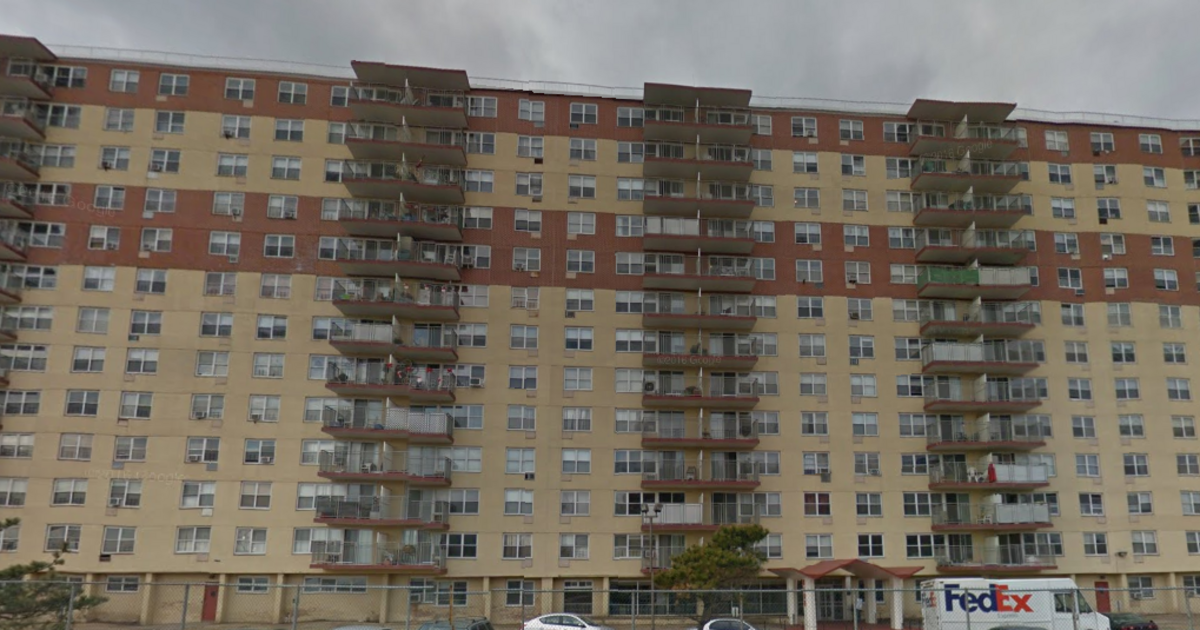

Tenants in rent stabilized apartments are entitled to required essential services and lease renewals on the same terms and conditions as the original lease and may not be evicted except on grounds allowed by law.Īs of June 15, 2019, other localities are now able to enact their own rent stabilization laws if the locality declares a housing emergency. Local Rent Guidelines Boards in New York City, Nassau, Rockland, and Westchester counties set maximum rates for rent increases once a year which are effective for one or two year leases beginning on or after October 1 each year. Outside New York City, rent stabilized apartments are generally found in buildings with six or more apartments that were built before January 1, 1974.

In a building with three or more apartments constructed or extensively renovated on or after Januwith special tax benefits, such as 421-a or J-51 tax abatements.A formerly rent controlled apartment that became vacant without a lawful successor.An apartment that is not otherwise rent controlled in a building built before Januwith six or more units.In New York City, apartments are generally under rent stabilization if they are: The rent control program applies to residential buildings constructed before February, 1947 in municipalities that have not declared an end to the postwar rental housing emergency. Limits the rent an owner may charge for an apartment and restricts the right of the owner to evict tenants.
#Mitchell lama housing pet policy code#
Tenants may challenge increases if the Maximum Collectible Rent to the Maximum Base rent being charged by the landlord exceeds the legal regulated rent, the building has housing code violations, the owner’s expenses do not warrant an increase, or the owner is not maintaining essential services. In New York City, each rent controlled apartment has a maximum base rent that is adjusted every two years to reflect changes in operating costs, but tenants’ rents cannot exceed a Maximum Collectible Rent, which is adjusted annually and based on an average of the past five years of Rent Guideline Board orders for one year leases or 7.5% (whichever is lower). When a rent controlled apartment is vacated in New York City or most other localities, it becomes rent stabilized. Rent control is still in effect in New York City and parts of Albany, Erie, Nassau, Rensselaer, Schenectady, and Westchester counties.įor an apartment to be under rent control, the tenant or the tenant’s lawful successor (such as a family member, spouse, or adult lifetime partner) must have been living there continuously since before J(and in some situations since April 1, 1953). The rent control program applies to residential buildings constructed before February 1947 in municipalities that have not declared an end to the postwar rental housing emergency. Rent control limits the rent an owner may charge for an apartment and restricts the right of the owner to evict tenants. To find out whether an apartment is regulated, contact the New York State Division of Housing and Community Renewal at .gov/app/ask. While tenants in rent regulated or government subsidized apartments have special rights, many rules and laws apply to both unregulated and regulated apartments.

An individual tenant’s rights will depend, in part, upon which regulations apply, although some apartments may have multiple laws governing their tenancies. The two types of rent regulation in New York State are rent control and rent stabilization.


 0 kommentar(er)
0 kommentar(er)
